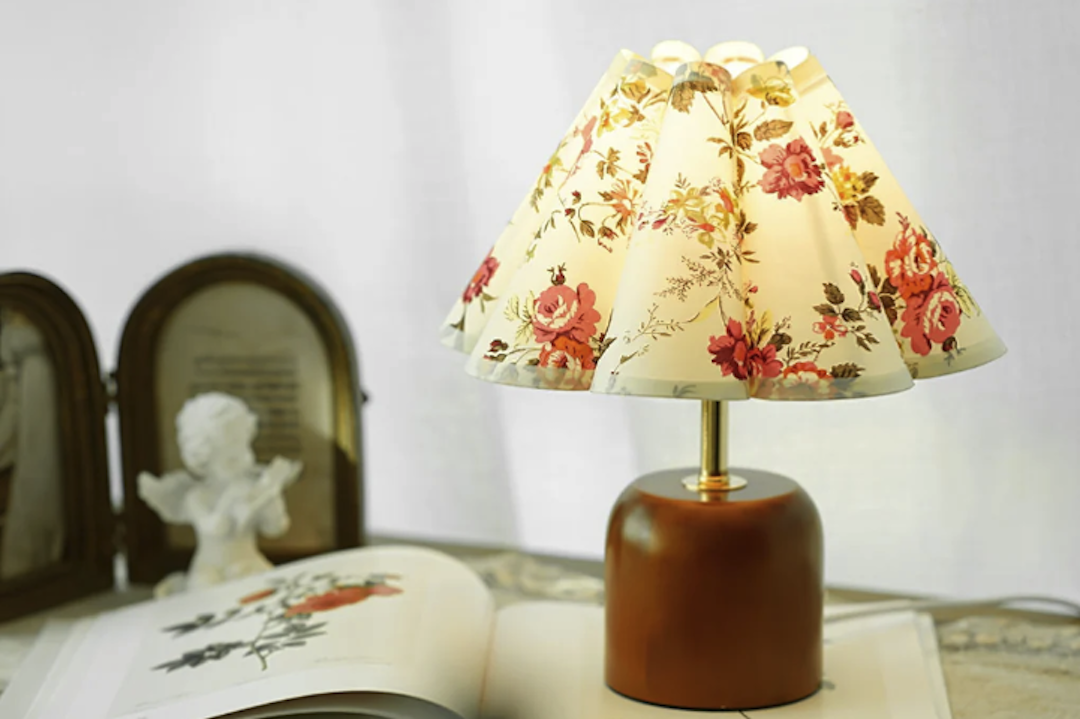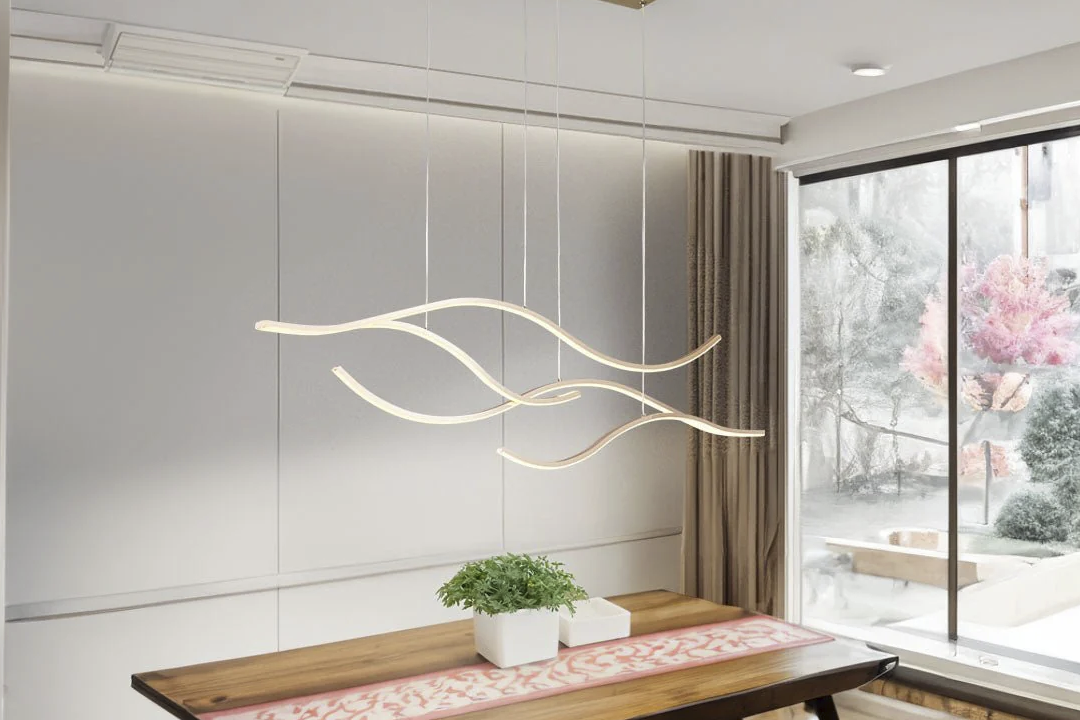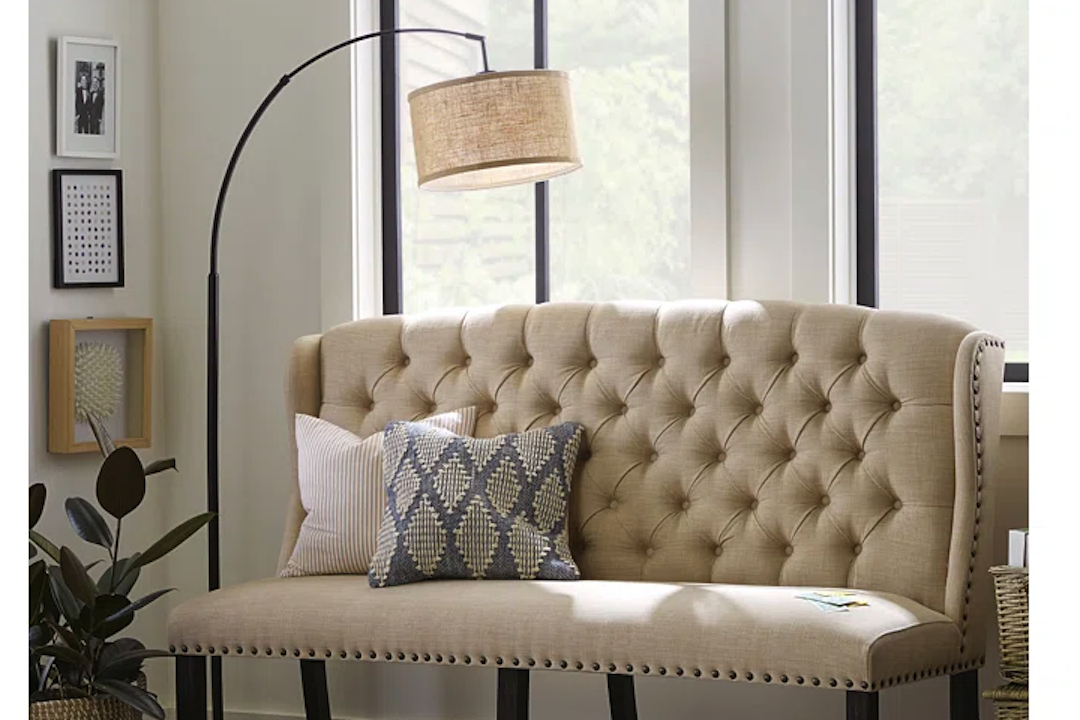Proper lighting is a crucial element in creating an effective study environment. The right lighting not only enhances visibility but also plays a significant role in maintaining focus and concentration. When students engage in reading or writing for extended periods, inadequate lighting can lead to eye strain, fatigue, and even headaches.
This discomfort can detract from the learning experience, making it difficult to absorb information and retain knowledge. Studies have shown that well-lit spaces can improve mood and productivity, which are essential for effective studying. Therefore, investing in appropriate lighting solutions is not merely a matter of aesthetics; it is a fundamental aspect of academic success.
Moreover, the type of lighting Addlifedecor used can influence the overall ambiance of a study area. Natural light is often considered the best option, as it mimics daylight and helps regulate the body’s circadian rhythms. However, not all study spaces have access to ample natural light, especially during the evening or in poorly lit rooms.
In such cases, artificial lighting becomes indispensable. The color temperature of the light can also affect cognitive performance; warmer tones tend to create a cozy atmosphere, while cooler tones can enhance alertness and focus. Thus, understanding the importance of proper lighting is essential for anyone looking to optimize their study habits and create an environment conducive to learning.
Features of an Eye-Protecting Floor Lamp
An eye-protecting floor lamp is designed with specific features that prioritize visual comfort and health. One of the most significant characteristics is the use of diffused light, which minimizes glare and harsh shadows that can strain the eyes. These lamps often incorporate advanced LED technology that provides a steady light output without flickering, a common issue with traditional bulbs that can lead to discomfort over time.
Additionally, many eye-protecting floor lamps come with adjustable brightness settings, allowing users to customize the intensity of light according to their needs and preferences. This flexibility is particularly beneficial for students who may require different lighting levels for various tasks, such as reading, writing, or using a computer. Another important feature of eye-protecting floor lamps is their color temperature adjustment capabilities.
Many modern lamps offer a range of color temperatures, from warm white to cool daylight, enabling users to select the most suitable light for their activities. Warmer tones are often more relaxing and conducive to reading, while cooler tones can enhance alertness during more demanding tasks. Furthermore, some models include built-in timers or smart technology that can automatically adjust the lighting based on the time of day or the user’s routine.
These features not only enhance comfort but also promote healthier study habits by reducing the risk of eye strain and fatigue.
How to Choose the Right Floor Lamp for Studying
Selecting the right floor lamp for studying involves considering several factors that align with individual needs and preferences. First and foremost, it is essential to assess the size and layout of the study space. A lamp that is too large may overwhelm a small area, while one that is too small may not provide adequate illumination.
Additionally, the height of the lamp should be appropriate for the intended use; for instance, a taller lamp may be better suited for illuminating a desk or reading nook, while a shorter one might work well in a cozy corner. The design and style of the lamp should also complement the overall aesthetic of the room, creating a harmonious environment that encourages focus and productivity. Another critical aspect to consider is the type of bulb used in the floor lamp.
LED bulbs are often recommended due to their energy efficiency and longevity compared to traditional incandescent bulbs. They also produce less heat, making them safer for prolonged use in enclosed spaces. When choosing a floor lamp, it is advisable to look for models that offer adjustable brightness levels and color temperature settings.
This versatility allows users to tailor their lighting conditions based on specific tasks or personal preferences. Ultimately, selecting the right floor lamp requires careful consideration of both functional and aesthetic elements to create an optimal study environment.
Setting Up Your Study Space for Maximum Comfort
Creating a comfortable study space goes beyond just selecting the right lighting; it involves a holistic approach that considers furniture arrangement, ergonomics, and personal preferences. The placement of furniture should facilitate easy movement and access to materials while promoting an organized workspace. A well-structured desk setup can significantly enhance productivity by minimizing distractions and allowing for efficient workflow.
Additionally, incorporating ergonomic furniture—such as an adjustable chair and desk—can help maintain proper posture during long study sessions, reducing physical strain on the body. In addition to furniture arrangement, personal touches can make a study space feel more inviting and conducive to learning. Adding elements such as plants, artwork, or motivational quotes can create a positive atmosphere that encourages creativity and focus.
Furthermore, ensuring that the study area is free from clutter can help maintain mental clarity and reduce stress levels. By thoughtfully setting up a study space with comfort in mind, students can create an environment that not only supports their academic endeavors but also promotes overall well-being.
Tips for Reducing Eye Strain While Studying
Eye strain is a common issue faced by students who spend long hours studying or using digital devices. To mitigate this discomfort, it is essential to adopt healthy habits that promote eye health. One effective strategy is to follow the 20-20-20 rule: every 20 minutes, take a 20-second break to look at something 20 feet away.
This simple practice helps relax the eye muscles and reduces fatigue caused by prolonged screen time or close-up reading. Additionally, ensuring that your study area is well-lit can significantly decrease eye strain; using a combination of ambient and task lighting can create an optimal visual environment. Another important tip for reducing eye strain is to maintain proper distance from screens or reading materials.
Keeping screens at least an arm’s length away can help prevent discomfort associated with close viewing distances. Furthermore, adjusting screen brightness to match ambient lighting conditions can minimize glare and improve visual comfort. Regular eye check-ups are also crucial; an optometrist can provide personalized recommendations based on individual vision needs and may suggest corrective lenses if necessary.
By implementing these strategies, students can protect their eyes while maximizing their study efficiency.
Benefits of Using a Floor Lamp with Eye-Protection Technology
Enhancing Comfort and Productivity
Investing in a floor lamp equipped with eye-protection technology offers numerous advantages that enhance both comfort and productivity during study sessions. One of the primary benefits is reduced eye strain; these lamps are designed to emit light that minimizes glare and flicker, creating a more pleasant visual experience. This feature is particularly beneficial for students who spend extended periods reading or working on computers, as it helps maintain focus without causing discomfort or fatigue.
Customizable Lighting Options
Additionally, many eye-protecting floor lamps come with adjustable brightness settings, allowing users to tailor their lighting conditions based on specific tasks or personal preferences. This flexibility enables students to create an optimal study environment that suits their needs, whether they’re reading, writing, or working on a computer.
Versatility and Adaptability
Another significant advantage of using a floor lamp with eye-protection technology is its versatility in accommodating various activities. Whether studying for exams, completing assignments, or engaging in creative projects, these lamps can adapt to different lighting needs throughout the day. Some models even offer color temperature adjustments that allow users to switch between warm and cool light depending on their mood or task requirements.
Promoting Healthier Study Habits
This adaptability not only enhances comfort but also promotes healthier study habits by encouraging breaks from harsh lighting conditions that could lead to eye strain over time. By providing a comfortable and adjustable lighting environment, eye-protecting floor lamps can help students stay focused and productive while minimizing the risk of eye fatigue and discomfort.
Comparing Different Types of Floor Lamps for Studying
When it comes to selecting a floor lamp for studying, there are several types available on the market, each with its unique features and benefits. Traditional arc floor lamps are popular choices due to their elegant design and ability to provide focused light over specific areas such as desks or reading chairs. These lamps often come with adjustable arms that allow users to direct light precisely where it is needed most.
However, they may not always offer advanced features like dimming options or color temperature adjustments. On the other hand, modern LED floor lamps have gained popularity for their energy efficiency and versatility. Many LED models come equipped with smart technology that allows users to control brightness levels and color temperatures through mobile apps or voice commands.
This level of customization makes them ideal for students who require different lighting conditions for various tasks throughout their study sessions. Additionally, some LED floor lamps feature built-in timers or automatic shut-off functions that promote energy conservation while ensuring optimal lighting during study hours.
Creating a Productive and Comfortable Study Environment
To foster a productive and comfortable study environment, it is essential to integrate various elements that contribute to overall well-being and focus. A well-organized workspace plays a pivotal role; keeping materials neatly arranged and easily accessible minimizes distractions and enhances efficiency during study sessions. Incorporating elements such as noise-canceling headphones or soft background music can further improve concentration by blocking out external disturbances.
Moreover, personalizing your study space with items that inspire motivation—such as vision boards or favorite quotes—can create an uplifting atmosphere conducive to learning. Ensuring proper ventilation and temperature control also contributes significantly to comfort; maintaining a cool yet cozy environment helps prevent fatigue during long hours of studying. By thoughtfully combining these elements—effective lighting solutions like eye-protecting floor lamps with ergonomic furniture arrangements—students can create an ideal study space that promotes both productivity and comfort in their academic pursuits.





